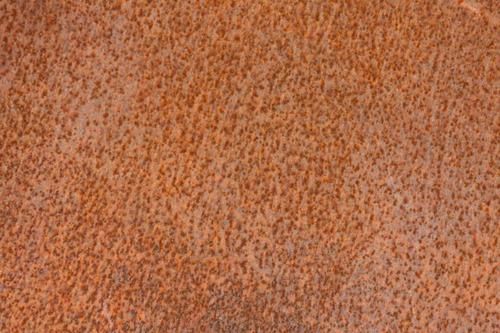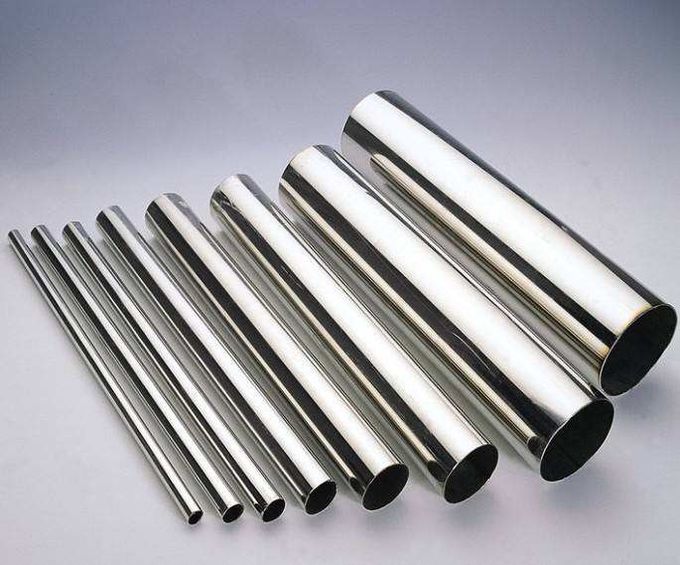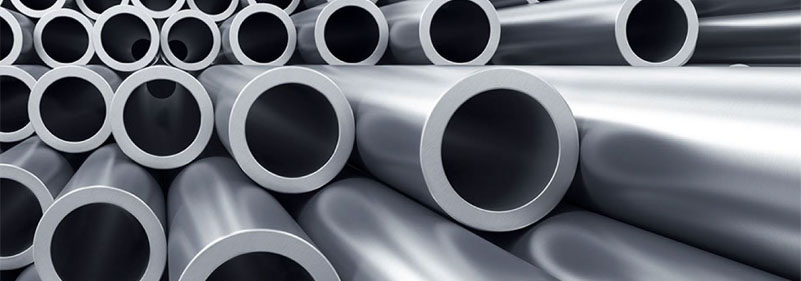Why does stainless steel rust?
When brown rust spots appear on the surface of stainless steel tubes, people are greatly surprised: stainless steel is not rusty, rust is not stainless steel, maybe there is a problem with steel." In fact, this is a one-sided misconception of the lack of understanding of stainless steel. Stainless steel will rust under certain conditions.
Stainless steel has the ability to resist atmospheric oxidation, that is, stainlessness, but also has the ability to corrode in medium containing acid, alkali and salt, that is, corrosion resistance. However, the corrosion resistance of the steel varies with its chemical composition, maintenance status, service conditions and environmental media types.

For example, 304 steel pipe has absolutely excellent corrosion resistance in dry and clean atmosphere, but when it is moved to the coastal area, it will rust quickly in the sea fog containing a lot of salt, while 316 steel pipe performs well. Therefore, not any stainless steel, in any environment can be corrosion-resistant, rust-free.
Stainless steel is formed by a very thin, solid, compact and stable chromium-rich oxide film (protective film) on its surface, which prevents oxygen atoms from continuing to infiltrate and oxidize, and obtains the ability to resist corrosion. Once for some reason, the film is constantly destroyed, oxygen atoms in air or liquid will continuously infiltrate or iron atoms in metal will continuously separate out, forming loose iron oxide, metal surface will be constantly corroded.
The surface film is destroyed in many ways.
The following are common in daily life:
1. The surface of stainless steel is deposited with dust containing other metal elements or adhesives of different metal particles. In humid air, the adhesives and the condensate water between the adhesives and stainless steel connect the two into a micro-battery, which leads to electrochemical reaction, and the protective film is destroyed. It is called electrochemical corrosion.
2. The surface of stainless steel is adhered with organic juice (such as melon, vegetable, noodle soup, phlegm, etc.). Under the condition of water and oxygen, organic acid is formed, while organic acid corrodes the metal surface for a long time.
3. The adherence of stainless steel surface contains acid, alkali and salts (such as alkali water and lime water splashing on decoration walls), which causes local corrosion.
4. In polluted air (such as atmosphere containing large amounts of sulfide, carbon dioxide and nitric oxide), sulfuric acid, nitric acid and acetic acid are formed in the presence of condensate, which causes chemical corrosion.

Tips To ensure that the metal surface is permanently bright and not corroded, we recommend:
1) The surface of decorative stainless steel must be cleaned and scrubbed regularly to remove the attachments and eliminate the external factors causing the modification.
2) Coastal area should use 316 stainless steel, 316 material can resist seawater corrosion.
3) The chemical composition of some stainless steel pipes on the market can not meet the corresponding national standards, and can not meet the material requirements of 304. Therefore, it will also cause rust, which requires users to carefully choose products from reputable manufacturers.

 English
English 中 文
中 文 Español
Español Português
Português Deutsch
Deutsch Türk
Türk Pусский
Pусский عربي
عربي 한국인
한국인 日本語
日本語
